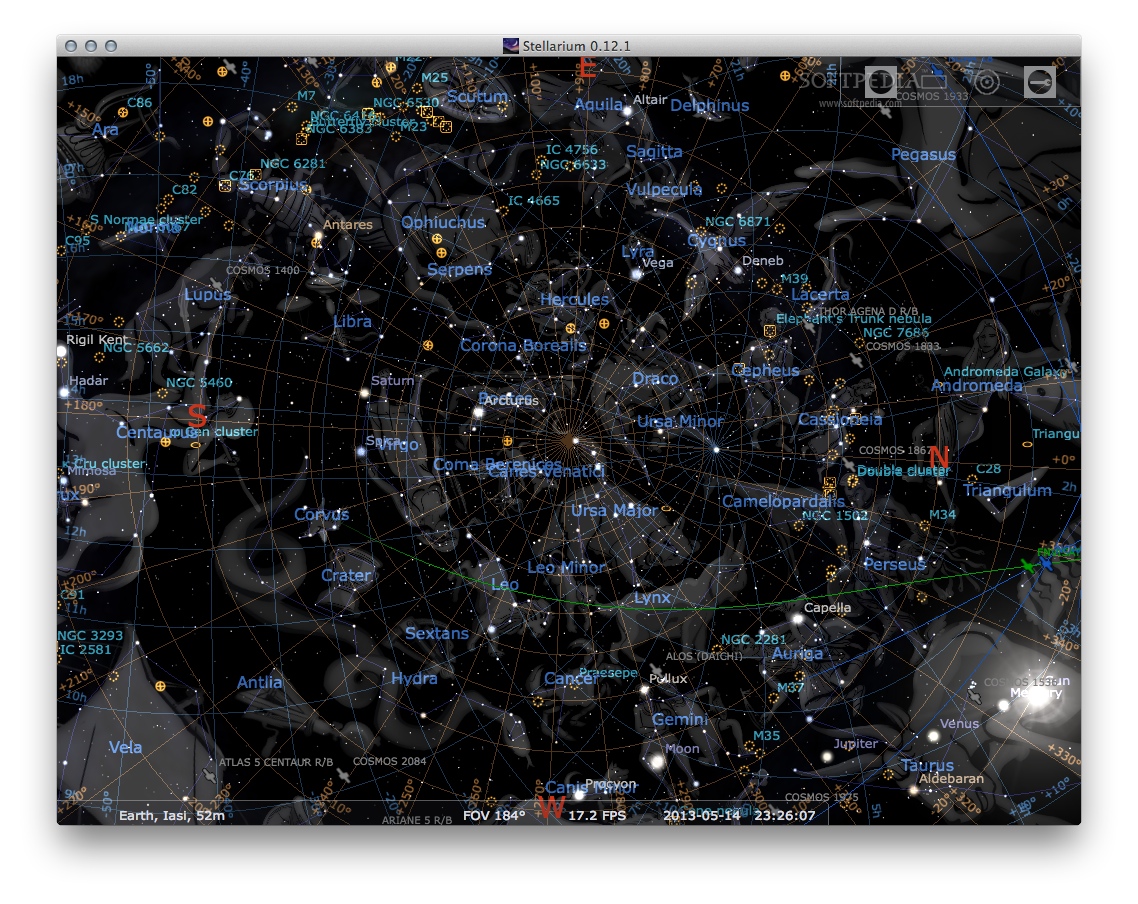

I imported a custom landscape into Stellarium to see where objects will appear in the night sky from my backyard.Īstrospheric is one of the more reliable weather apps out there, and it’s usually the one I can safely plan my imaging sessions around. Stellarium is great for filtering deep-space objects by apparent size, and magnitude, so you can isolate targets that are a perfect fit for your imaging setup. I even have a custom landscape (my backyard) loaded in so I can see when certain objects will clear the house or run into the tree. I use Stellarium for isolating object types, size, and location. The ‘old me’ would just see a clear forecast, start setting up, and ‘figure it out’ from there.īut without planning, you will always lose precious clear sky time googling examples of targets to image and potentially selecting something that isn’t a good fit for your skies or your gear. I am getting better at planning my astrophotography sessions. My humble backyard in the city (and Rudy). Spring is a great time for astrophotography because the nights are still long, but the temperatures are a lot more tolerable. On the night of this imaging session, the forecast was cold and clear, and that’s enough for me to set up my telescope. Generally, you’ll want to avoid capturing galaxies when the moon is full, as this light diminishes the contrast in your image and washes out faint details. The moon (80% illuminated) was out during this session, which is not ideal for capturing true-color images of galaxies, but I’ll take what I can get. There is no substitute for dark skies, but backyard astrophotography in the city can be done, and the results may surprise you.

Planning the ShootĪll of the photos I capture from the backyard are shot through heavy light pollution (Bortle Scale Class 7), and the seeing conditions are often poor as well. I use a ZWO 7-position (36mm) filter wheel with my dedicated astronomy camera. This camera uses a motorized filter wheel that allows me to select the filter I want to use without touching the camera. To photograph the Sunflower Galaxy, I used a sensitive monochrome CMOS astronomy camera with LRGB filters. Shooting unfiltered is my only other option, and this method can be hit-or-miss depending on the target. I recommend the Optolong L-Pro filter for those looking to capture long exposure images with more contrast from the city.Īfter 3 years of use, this filter continues to provide the best results for one-shot-color, broadband astrophotography from my location. Some people prefer to use a mild light pollution filter when imaging broadband targets with a color camera.

You can’t use narrowband filters to ignore the light pollution from the city the way you can with nebulae, and achieving a natural look to the galaxy and surrounding stars may take some time to get right. The size difference between a large nebula and the Sunflower Galaxy (to scale). Galaxies are typically much smaller in apparent size than nebulae, and emit light in the broad spectrum. If you’re typically a “nebula guy” like me, photographing galaxies is a nice change of pace, and the approach to the image is quite different than a large nebula. The spring season is nicknamed “ Galaxy Season” for astrophotographers in the northern hemisphere because there are so many interesting deep-space galaxies up for grabs at this time of year.


 0 kommentar(er)
0 kommentar(er)
